The Heusinkveld Sim Pedals Sprint in a nutshell
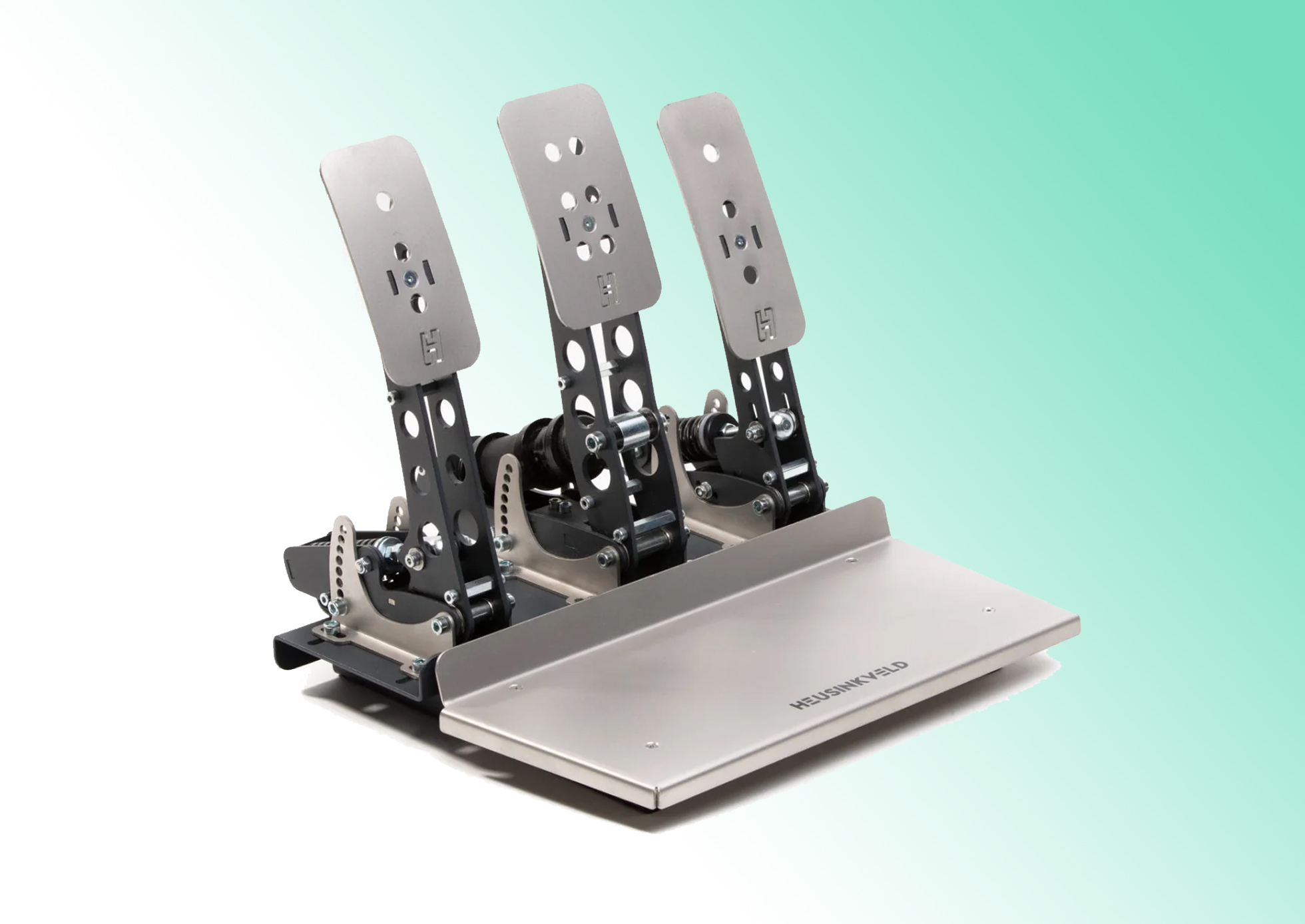
Advantages & Disadvantages
✅ Premium peripherals
✅ Motorsport quality
✅ Solid construction
❌ Very high price
❌ Pedal bracket sold separately
ㅤ
Sim-racing setups typically include peripherals such as a base, steering wheel (or wheel) and crankset. Of course, the sim-racing segment is made up of several ranges, for one simple reason: not all racers are equally committed to this magnificent discipline.
For the entry-level and part of the mid-range, brands like Logitech and Thrustmaster dominate the market, with bundles that are affordable, of good quality and deliver decent feel. As for the rest of the mid-range and high-end, Fanatec has been reigning supreme for some time now, with top-quality, premium and competition-inspired products.
And then you have the very high-end, a segment typically reserved for motorsport professionals (drivers) who want to train in simulators, and also fans who are very comfortable financially. Among the few players in this segment is Heusinkveld. The brand was founded by two Dutchmen and focuses exclusively on very premium sim-racing peripherals. In what follows, I’m going to introduce you to one of its pedalboards, the Sprint. I’ll tell you about its strong points, its few weak points and give you my opinion on it.
Main features and technical specifications of the crankset
- Massive use of laser-cut steel to create the various parts of the crankset
- Available in 2 or 3 pedal configuration
- Load Cell technology on all Heusinkveld Sprint pedals
- Brake pedal with maximum pressure of 120 kg
- Compatible with Microsoft Windows platform
- All pedals are adjustable to accommodate the maximum number of sim-ractors
- The electronic part houses 12-bit sensors for transmitting information to the simus
- SmartControl software allows total configuration of dead zones on all pedals
Heusinkveld Sim Pedals Sprint design
So, the design of the Heusinkveld Sprint. Well, it’s sublime! Every part of this pedalboard is made of high-quality laser-cut steel. When you take the pedals out of the box, you get the feeling that this peripheral is worthy of being used on a Porsche, Ferrari or Lamborghini, so premium is it.
The entire structure is made of steel plates cut to the millimetre, and attached to each other with brackets and screws. It’s simply magnificent, even if my judgment is a little biased by the massive use of metal. The steel has a polished finish, giving it a very handsome and, above all, premium look.
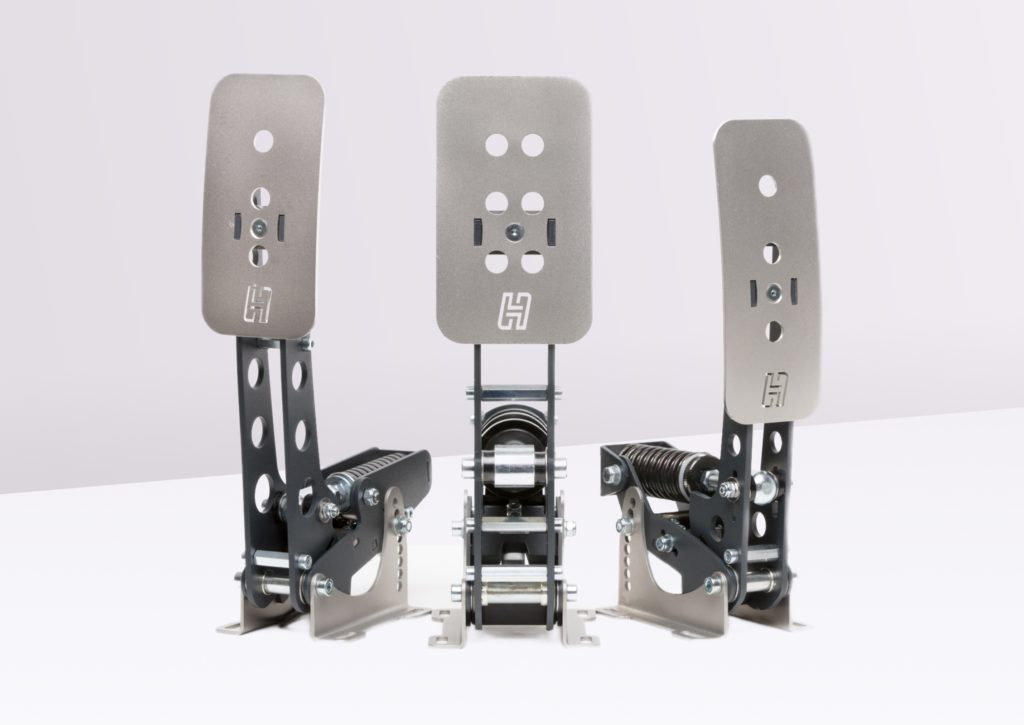
Customized assembly
The Heusinkveld Sprint is mounted either directly on a cockpit, by attaching each pedal independently, or on a Heusinkveld plate, or bracket, which is sold separately. Before crying foul, it’s worth noting that this is a very premium brand, with a specific portfolio of customers who already own a top-of-the-range cockpit.
Apart from this little “flaw”, mounting the Sprint is very easy, with 4 screws for each pedal, whatever mounting system you choose. However, this choice of mounting has many advantages, such as positioning the pedals according to your preferences, and frankly, few brands allow you to do this. What I would have preferred is the addition of the bracket with the pedals, so that sim-racers would have the choice of attaching the pedals directly to a cockpit or not, and not be limited by such a mounting system.
Manufacturing and finishing
When designing the Heusinkveld Sprint, the watchword was premium quality, and I can tell you that this is reflected in every pedal. Using stainless steel for virtually everything, the Sprint ‘s build quality is worthy of the world’s most premium racing cars.
The cut-outs are laser-cut for an unrivalled finish. What’s more, the brand’s quality control is exceptional, recalling any non-conforming parts. This pedalboard is a real work of art, and I’ve seen quality peripherals like it in the past.
As for the finish, it’s on a par with the build quality: exceptional. Everything is perfect, from the metal plates and screws to the brackets and springs. Everything is meticulous, and it shows when you pick up one of the pedals. Nothing moves, all parts are in their place, and stay there.
Getting to know the pedals
The first impression when you take the Heusinkveld Sprint pedals out of the box is one of quality and precision. Given that this crankset uses Load Cell on all pedals, they’re tougher than the competition, which uses this technology only on the brake. But then, given the toy’s price, we’re asking for the best.
Technically, you don’t have to assemble anything, apart from attaching the pedals to a cockpit or stand, which you have to buy separately. But this operation is relatively easy, as all you have to do is position the pedals and screw them in place. Very straightforward.
As for solidity, the pedals don’t move a millimeter. The use of stainless steel ensures a very solid structure on all pedals. You get the feeling that the Heusinkveld Sprint is a quality device, designed to last for many years, even if you’re driving in gruff mode on all your sim-racing sessions.
Sensations during play
Let’s move on to the most important part: the sensations. This Heusinkveld Sprint is simply perfect for sim-racing, providing sensations worthy of a real racing car.
As I mentioned above, the Heusinkveld Sprint is a Load Cell pedalboard, whether you take it in 2 or 3 pedal configuration. This means that data is interpreted according to the force applied to each pedal, just like on a racing car, allowing total immersion in sim-racing. Of course, pedal force is different: on the brake, you have a pedal that can take up to 120 kg of pressure force, which is just enormous. And for the other pedals, it’s up to 13 kg.
Pedal feel is surreal, especially after sessions on F1 21 or Assetto Corsa. The braking sensation is immediate, with bite from the very first millimeter of travel. What’s more, the software allows you to set the dead zone of each pedal, so you’ll be able to fine-tune your setup.
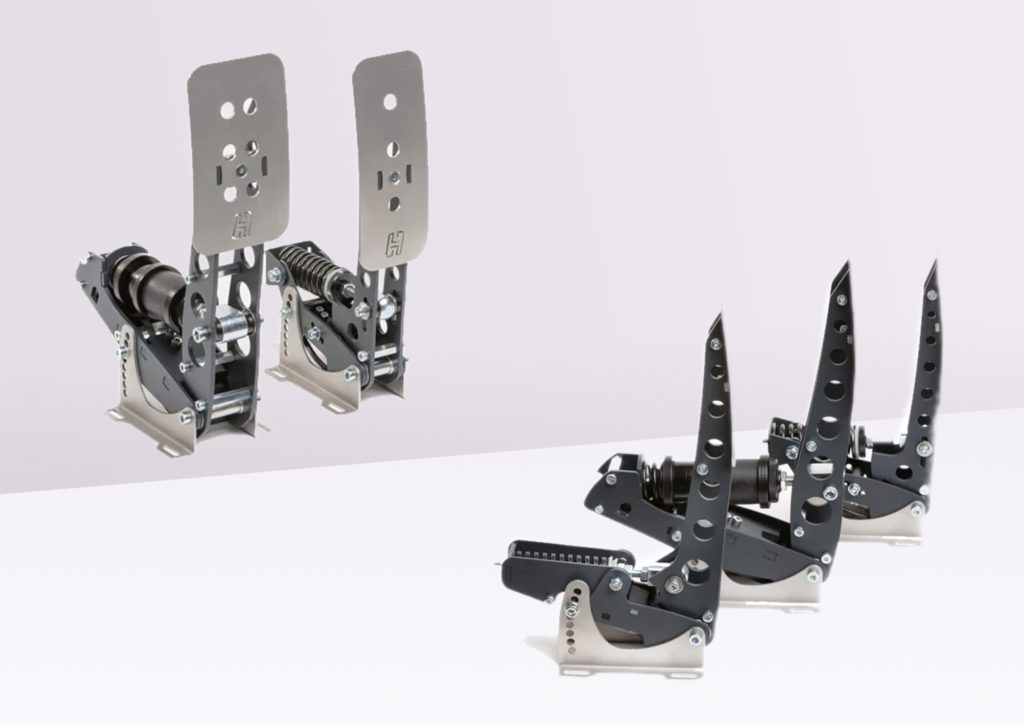
Heusinkveld Sim Pedals Sprint compatibility
The Heusinkveld Sprint is a PC-only pedalboard, and only those running Windows 10 and above. Granted, you’re going to tell me that the majority of sim-racers who shop Heusinkveld ‘s segment are already on PCs, but I would have preferred at least console support, without the pedal configuration thanks to Heusinkveld‘s software. By the way, if this concerns you and you’re not on a PC, I recommend that you discover other console-compatible pedalboards right here.
Speaking of configuration, the Heusinkveld Sprint connects to the PC via a USB cable and is supported directly by Windows. If you want to set dead zones on the pedals, Heusinkveld ‘s software is just perfect for this, allowing you to have a dead zone if you want.
Value for money
The Heusinkveld Sprint is priced at €536 for the 2-pedal version and €710 for the 3-pedal version. Even if this pedalboard remains the best in its category, namely in Load Cell, it’s still expensive, but its value for money is justified and more or less unbeatable.
However, you should be aware that the pedal bracket is sold separately for €102 on the manufacturer’s website. If you have a cockpit that supports individual pedal mounting, the price of the Heusinkveld Sprint is superb. But if you have to buy the bracket, the value for money is no longer superb, in my opinion.
My verdict on Heusinkveld’s Sim Pedals Sprint
For those with the means who are looking for the best Load Cell pedalboard on the market, the Heusinkveld Sprint is the only possible choice, for the simple reason that the competition is far behind. The Heusinkveld Sprint is right up there between a good premium Load Cell pedalboard and an active pedalboard like the Simucube ActivePedal.
I recommend this device to all sim-racers who are hardcore fans of the discipline, at least those with the bank account to buy it, as €536 for 2 pedals is a lot to pay. For pro racers who want to train in sim-racing, you have either this pedalboard or the Simucube. In any case, for me, it’s by far the best pedalboard on the market. But if you’re not convinced, or if you’d like a crankset with a lower price/performance ratio, then I recommend you read my article on the 4 Best Cranksets for Sim Racing at 2025.


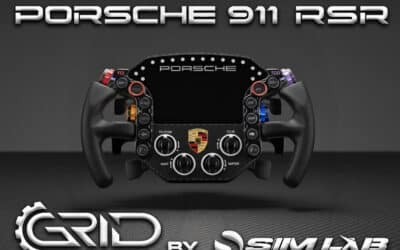

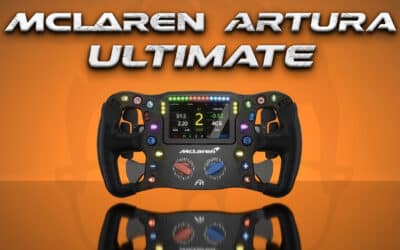
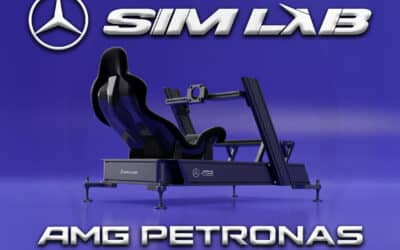
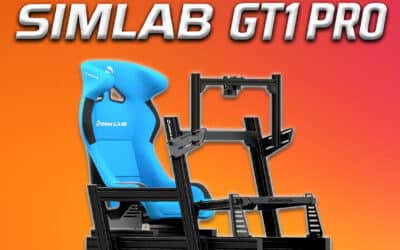
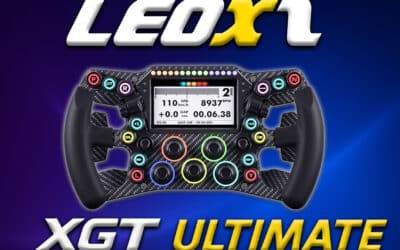
0 Comments